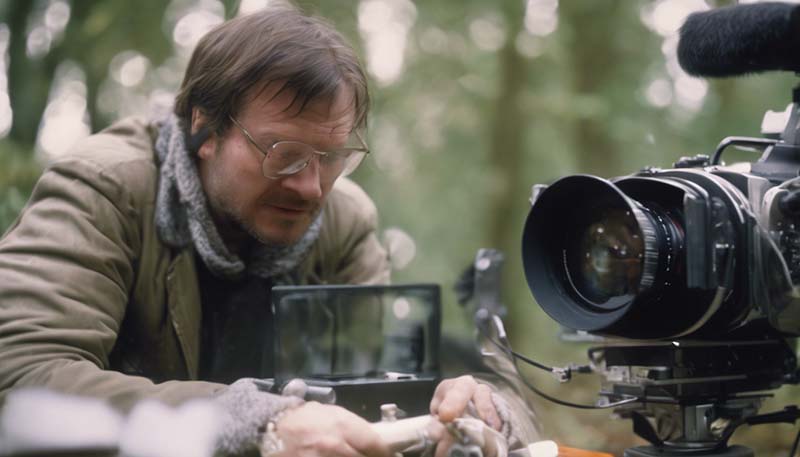The Experimental Filmmaking of Lars von Trier: A Cinematic Analysis
The Experimental Filmmaking of Lars von Trier: A Cinematic Analysis
Introduction
Lars von Trier, a Danish film director, screenwriter, and producer, is known for his distinctive style and innovative approach to filmmaking. His work often challenges conventional narrative structures, visual aesthetics, and thematic content, making him a prominent figure in the world of experimental cinema. This article aims to provide a detailed analysis of von Trier's experimental filmmaking techniques and their impact on the cinematic landscape.
The Dogme 95 Manifesto and its Impact
One of von Trier's most significant contributions to experimental filmmaking is his co-authorship of the Dogme 95 Manifesto, a set of rules intended to strip cinema down to its essential components. The Dogme 95 rules, such as shooting on location, using only natural lighting, and avoiding genre conventions, were a direct response to the increasing commercialization of the film industry. This movement had a profound influence on von Trier's work, as seen in films like "The Idiots" (1998) and "Dancer in the Dark" (2000).
Advertisement
Breaking Narrative Conventions
Von Trier is known for his willingness to break with traditional narrative structures. In films like "Breaking the Waves" (1996) and "Melancholia" (2011), he employs non-linear storytelling, flashbacks, and unconventional character development to create a more immersive and emotionally resonant experience for the viewer. This approach often requires a deeper level of engagement from the audience, as they must piece together the narrative themselves.
Visual Aesthetics and Symbolism
The visual style of von Trier's films is another key element of his experimental approach. He often uses symbolism, surrealism, and striking visual imagery to convey complex themes and ideas. For example, in "Antichrist" (2009), the use of color and imagery is central to the film's exploration of grief, depression, and the nature of evil. Von Trier's attention to visual detail and his willingness to push the boundaries of what is considered acceptable in mainstream cinema contribute to the distinctiveness of his work.
Sound and Music in von Trier's Films
Sound and music play a crucial role in von Trier's films, often serving to heighten the emotional impact of a scene or to create a sense of unease. Collaborating with composer Johan Söderqvist, von Trier uses music to underscore the themes and emotions of his films, as seen in the haunting score for "Mandylion" (1981). Additionally, the use of diegetic sound and unconventional sound design techniques further enhance the experimental nature of his work.
Themed Exploration and Provocation
Von Trier's films often explore controversial and provocative themes, such as sexuality, violence, and mental illness. His willingness to tackle these subjects head-on, and his use of shocking and disturbing imagery, has led to both critical acclaim and controversy. Films like "Nymphomaniac" (2013) and "The House That Jack Built" (2018) are prime examples of von Trier's commitment to exploring the darker aspects of the human condition.

Conclusion
Lars von Trier's experimental filmmaking techniques have had a significant impact on the cinematic landscape, pushing the boundaries of what is considered possible within the medium. His work challenges conventional norms and encourages viewers to question their own perceptions and assumptions. While not always easy to digest, von Trier's films remain an important and influential part of the experimental cinema movement.